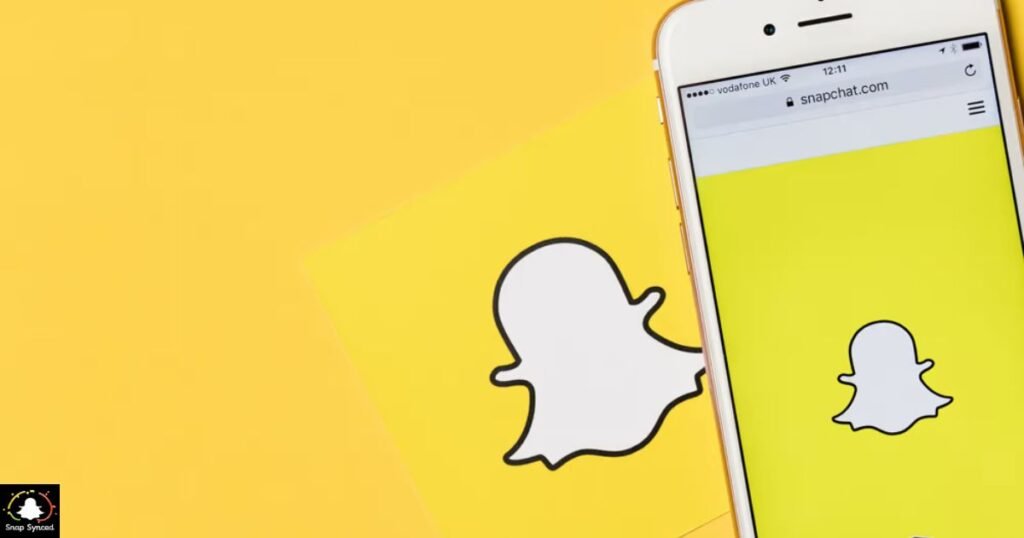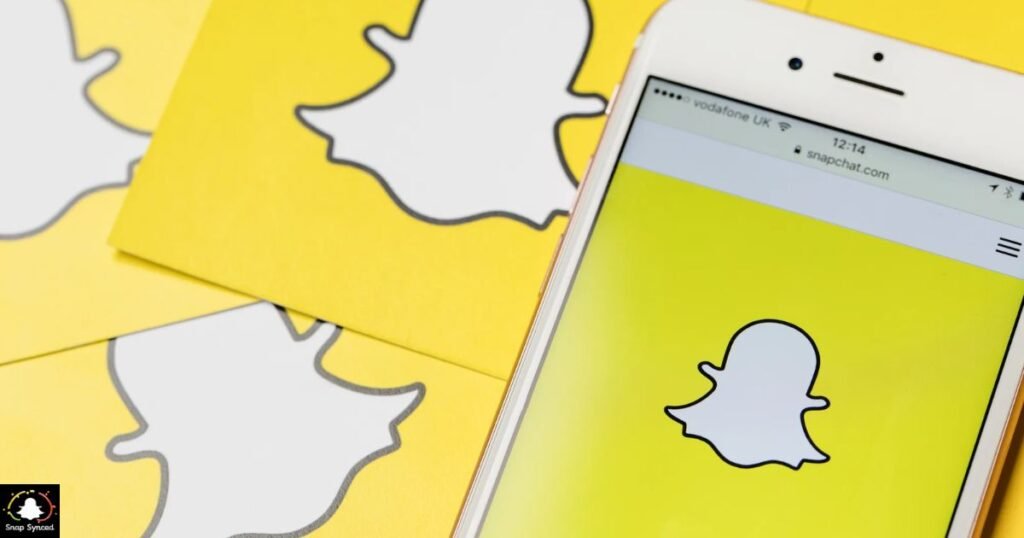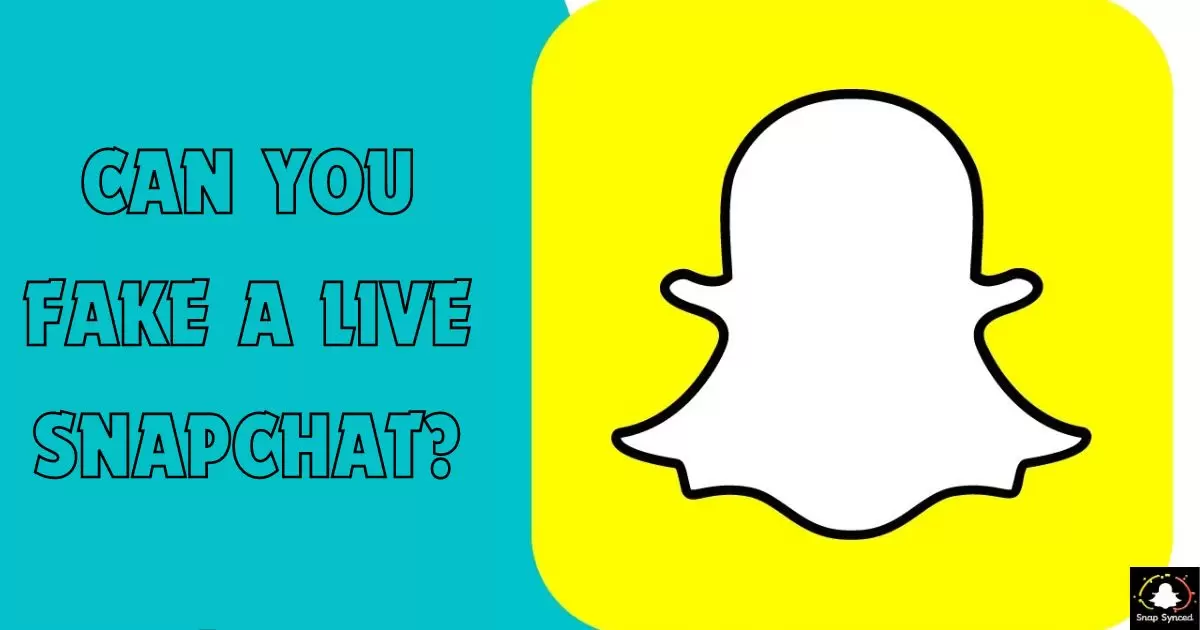Fake a live Snapchat refers to the act of creating an illusion of being actively present and engaging in real-time on the Snapchat platform when, in fact, the content is pre-recorded or manipulated to appear live.
Can you fake a live Snapchat? The question sparks curiosity and prompts a deeper exploration into the realm of digital deception. As social media continues to shape our online interactions, understanding the capabilities and limitations of platforms like Snapchat becomes increasingly relevant.
Faking a live Snapchat can have both playful and deceptive implications. While some users may use it for harmless fun or to maintain a consistent presence, others may exploit it for more nefarious purposes, such as misleading followers or staging fraudulent activities.
Understanding Live Snapchat Fakery
Understanding Live Snapchat Fakery delves into the deceptive practices of creating false live experiences on the platform. It involves manipulating content to appear real-time when it’s pre-recorded or edited.
This exploration sheds light on the methods and motives behind such actions, highlighting the blurred lines between authenticity and fabrication in digital communication.
Tools and Techniques for Manipulating Snapchats
Tools and techniques for manipulating Snapchats encompass a range of digital resources and creative methods. Users can employ editing software, filters, and pre-recorded content to simulate live interactions.
Advanced editing features within the Snapchat app itself allow for real-time alterations, enabling users to enhance or alter their appearance and surroundings seamlessly.
Ethical Considerations of Fake Live Content

Ethical considerations of fake live content on Snapchat are paramount in today’s digital landscape. Manipulating live feeds raises questions about honesty, transparency, and authenticity in online interactions.
Users must weigh the potential consequences of deceiving their audience against the desire for engagement and attention.
Implications for Digital Communication
- Faking live content on Snapchat challenges the authenticity of digital communication.
- It blurs the line between genuine interaction and manufactured experiences.
- Deceptive practices may undermine user trust and the platform’s credibility.
- Recognizing these implications is vital for maintaining integrity in online interactions.
Psychology Behind Faking Live Snapchats
| Line | Aspect of Psychology |
| 1 | Social Validation |
| 2 | Fear of Missing Out (FOMO) |
| 3 | Impression Management |
| 4 | Desire for Attention |
| 5 | Peer Influence |
The psychology behind faking live Snapchats delves into the motives and desires that drive individuals to fabricate real-time interactions on the platform. It encompasses a spectrum of human behavior, from the need for validation and attention-seeking to the fear of missing out and the pressure to maintain a curated online persona.
Risks and Consequences
- Deceptive practices on Snapchat pose risks of credibility erosion and reputation damage.
- Users risk losing trust and followers due to backlash from audiences, especially when they wonder, ‘Why Is Someone In My Recents On Snapchat?‘
- Legal repercussions may follow, particularly for fraudulent activities.
- Deceptive behavior can have lasting negative impacts on future opportunities and relationships.
Spotting Fake Live Content

Spotting fake live content on Snapchat requires a keen eye for discrepancies in timing, visual quality, and interactions. Look for sudden cuts, lack of real-time responses, or inconsistencies in lighting and background details.
Pay attention to the authenticity of user interactions, such as genuine reactions and spontaneous comments.
Impact on Trust and Engagement
The proliferation of fake live content on Snapchat undermines trust among users, eroding the authenticity of interactions. When followers discover falsified live feeds, it can lead to disillusionment and disengagement with the platform.
Users may become wary of trusting any live content, affecting their willingness to engage with both genuine and manipulated content.
Future Trends
In the realm of Snapchat, future trends suggest a continued evolution in content authenticity and user engagement. Advanced AI algorithms may enhance real-time filters, blurring the line between genuine and fake content.
Augmented reality experiences could revolutionize how users interact with live snaps, offering immersive and dynamic storytelling opportunities.
FAQ’s
How can someone fake a live Snapchat?
By pre-recording content or using filters and editing to simulate live interactions.
Why would someone want to fake a live Snapchat?
To maintain a consistent online presence or to create a false impression of real-time engagement.
Is faking a live Snapchat ethical?
It depends on the intent and impact; while some may see it as harmless, others may view it as deceptive.
Conclusion
In the realm of digital communication, the ability to fake a live Snapchat raises complex questions about authenticity and trust. While the technology offers creative possibilities, it also presents ethical dilemmas.
Users must navigate the fine line between playful engagement and deceptive practices, considering the impact on their audience and the broader online community.








